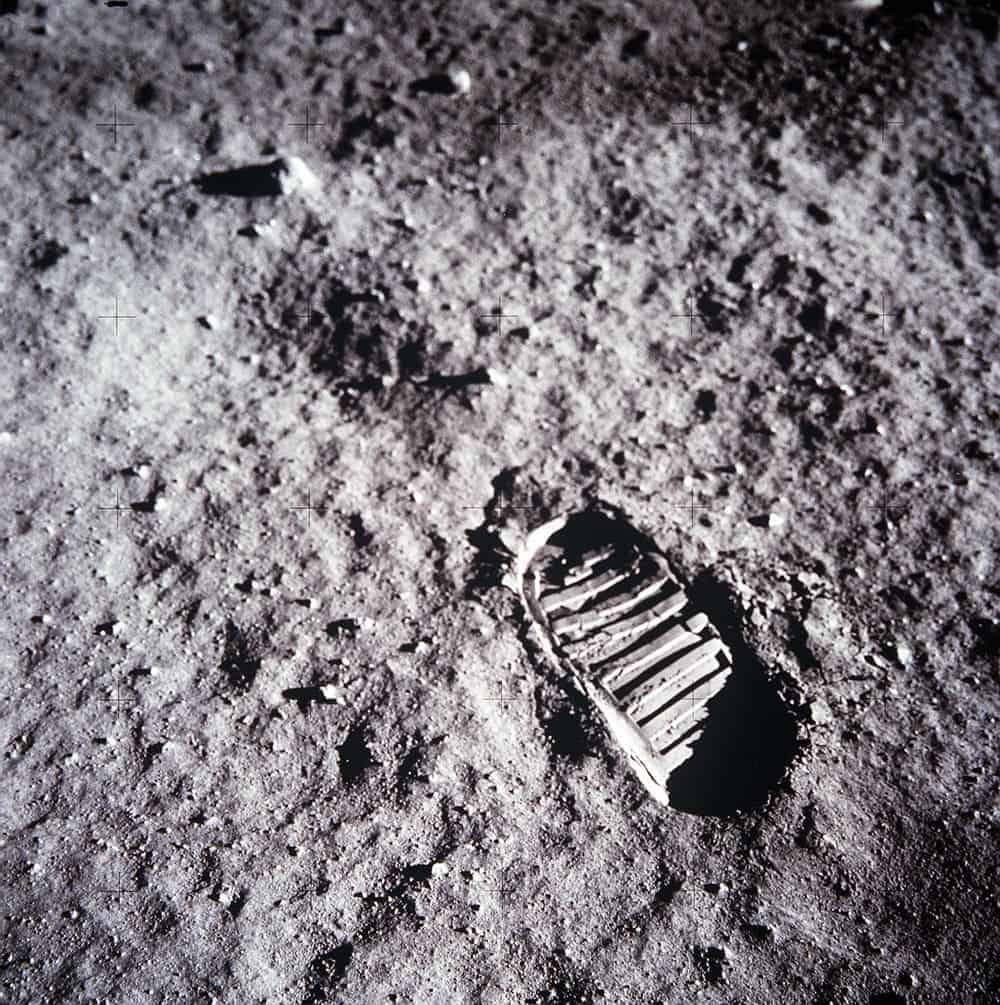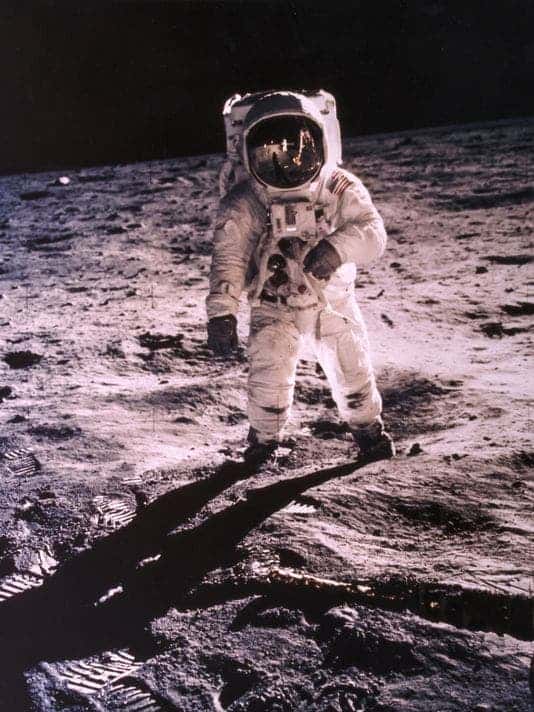The Moon doesn’t have an atmosphere, but it is surrounded by a thick dust cloud; the dust constantly falls down to the lunar surface, but new dust constantly jumps to replenish it. The pattern of dust falling back to its home “in due time … will fill in craters,” says the University of Colorado, Boulder’s Mihaly Horanyi, who led the team that found the dust cloud. “Eventually this will erase the footprints of the astronauts.” But why is this happening?

Some astronomers believe this happens due to the the “steady rain” of particles that impact the lunar surface, constantly scattering new dust onto the surface. But these are not clouds like the ones on Earth – they aren’t even visible if direct light doesn’t shine on them. They also get much more dense when the Earth-Moon system passes through debris left in the wake of a comet.
“The Geminid meteor shower generates shooting stars on Earth, but they can’t do that on the moon,” said Mihaly Horanyi, a physicist at the University of Colorado, Boulder, and the first author on the paper. “They hit the surface on the moon and increase the dust density for a few days.”
In a way, it’s like a car splashing bugs on the windshield. Rick Elphic, a LADEE project scientist who was unaffiliated with the study said:
“The Earth/moon system orbits the sun with an average speed of 67,000 miles per hour, and like bugs on a car windshield, the interplanetary micrometeoroid materials smack into the ‘upstream’ side of the Earth and moon,” Elphic reportedly said. “On Earth these cause meteors, which burn up in the atmosphere, but with the almost negligible atmosphere on the moon, these particles smash right into the lunar surface with tremendous speed.”
These impacts cause the dust to raise at 125 miles above the moon’s surface, but it doesn’t send the dust high enough or fast enough to escape the moon’s gravity.
“This is day in and day out,” Horanyi said. “It is continuously ongoing. Every impact is just a little speck of dust being replaced, but eventually, this process will erase the footprints of the first astronauts to step on the moon.”
Researchers also note that the cloud is not symmetrical, due to the nature of the collisions.
“The lopsided part was kind of a surprise from nature,” said Jamey Szalay, a fourth-year graduate student at the University of Colorado, Boulder, who worked on the study.

As they were figuring all these out, astronomers remembered that Apollo astronauts orbiting the moon in the 1960s and 70s saw a glow along the horizon just before sunrise, which at the time made scientists believe that the glow was created by dust. This new study confirms that theory, but still doesn’t explain the glow the astronauts reported.
“We have found no evidence of the high density small particle population that could have explained the Apollo reports,” Horanyi said.
New answers, and new questions emerge alike; the moon is still a mysterious, attractive place.






